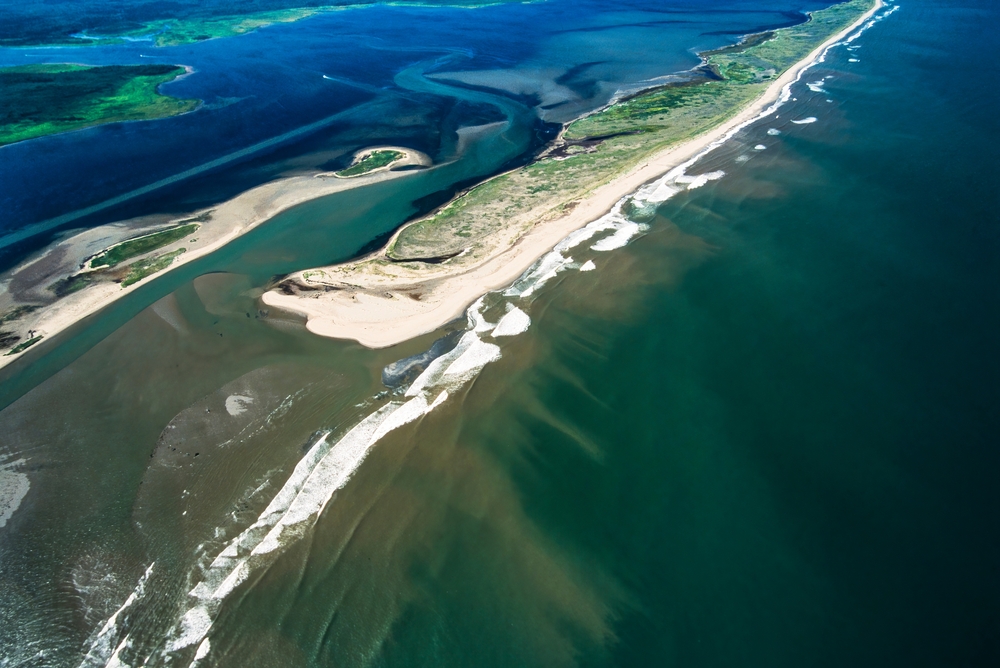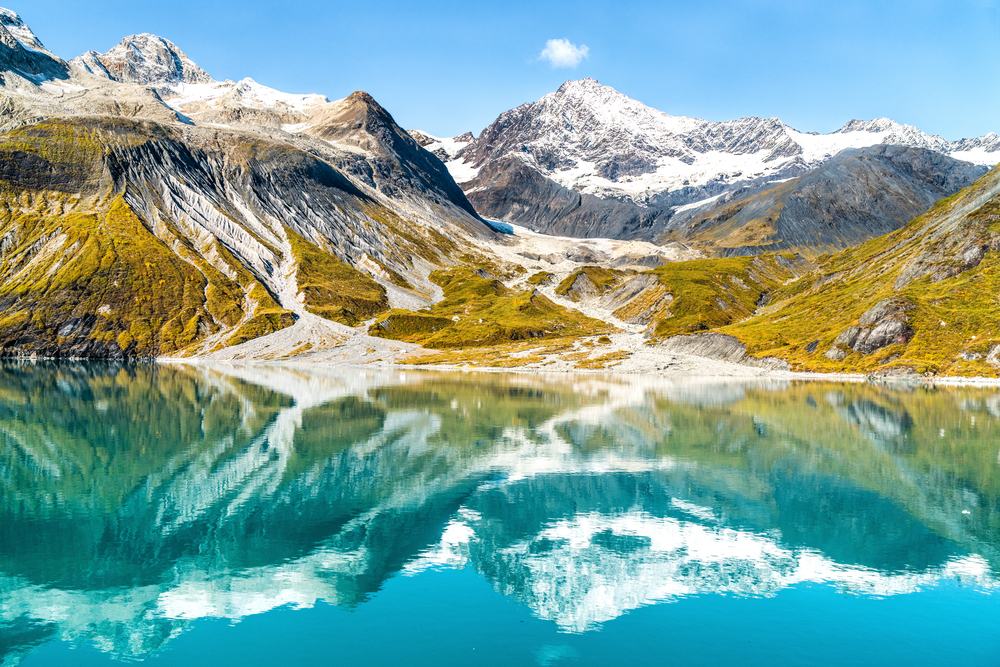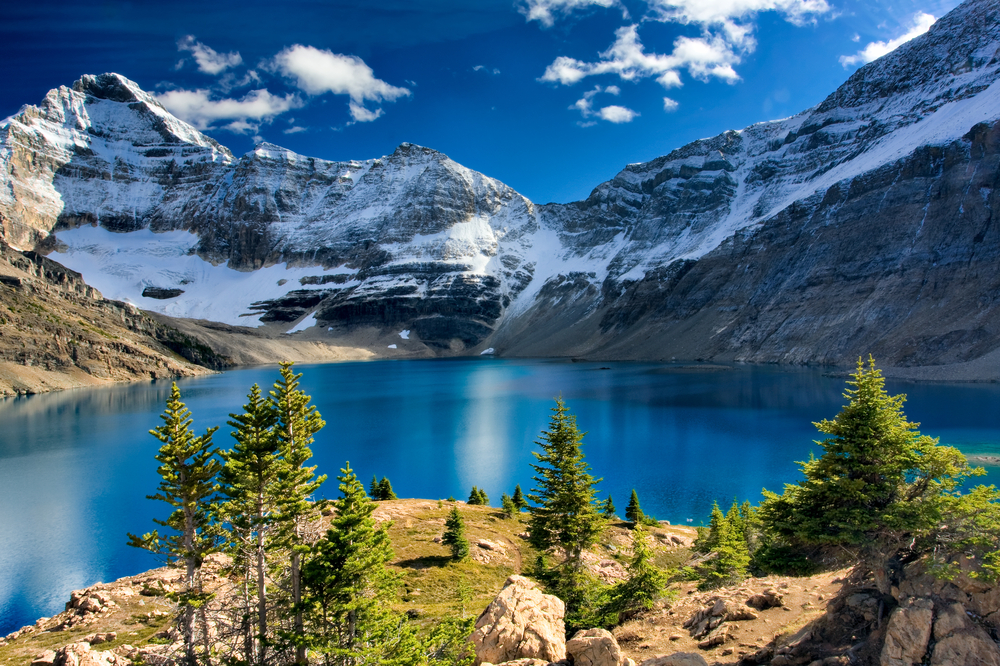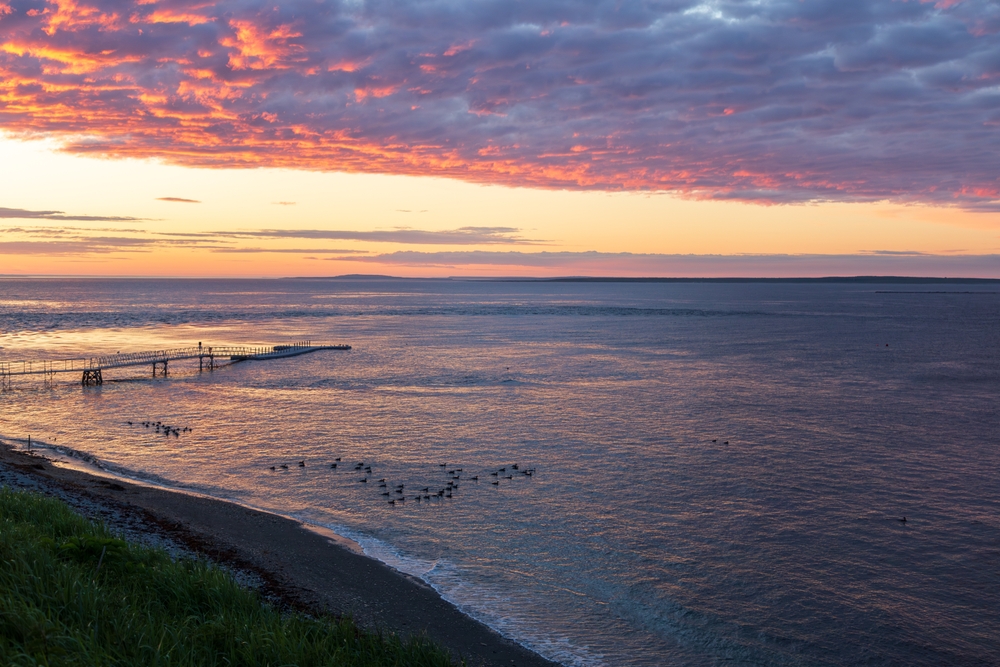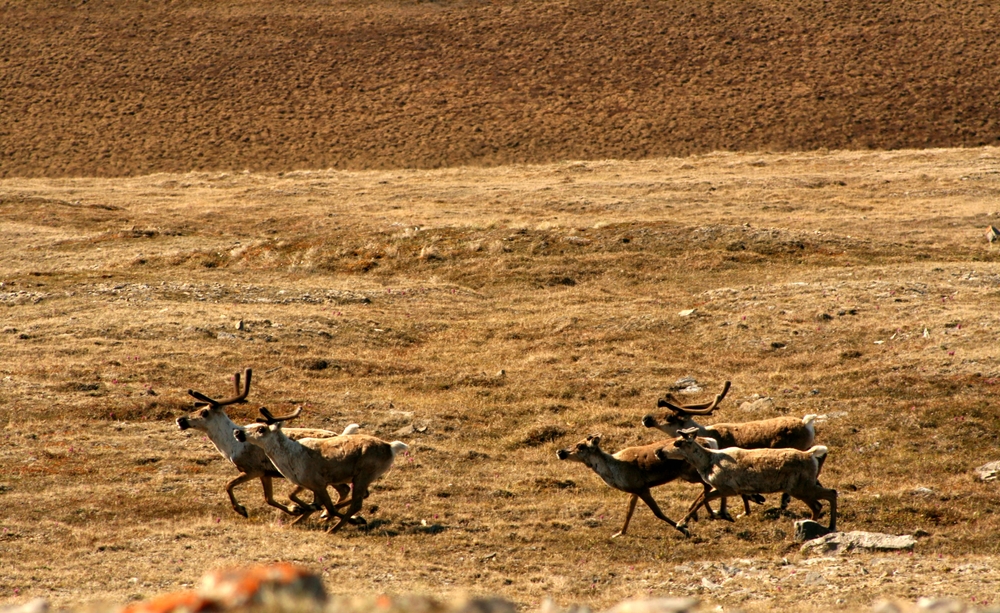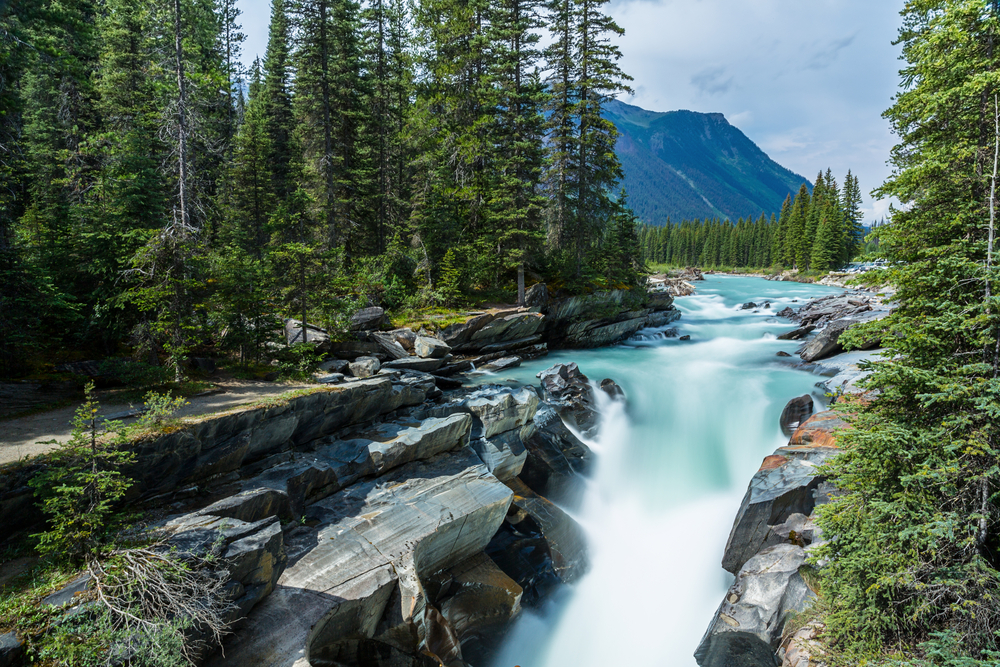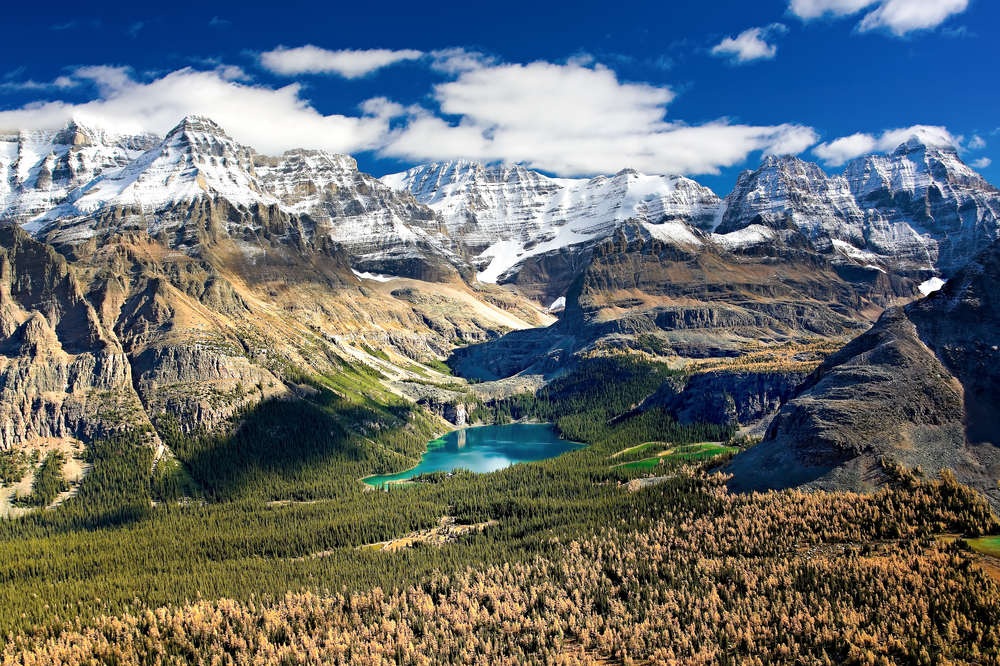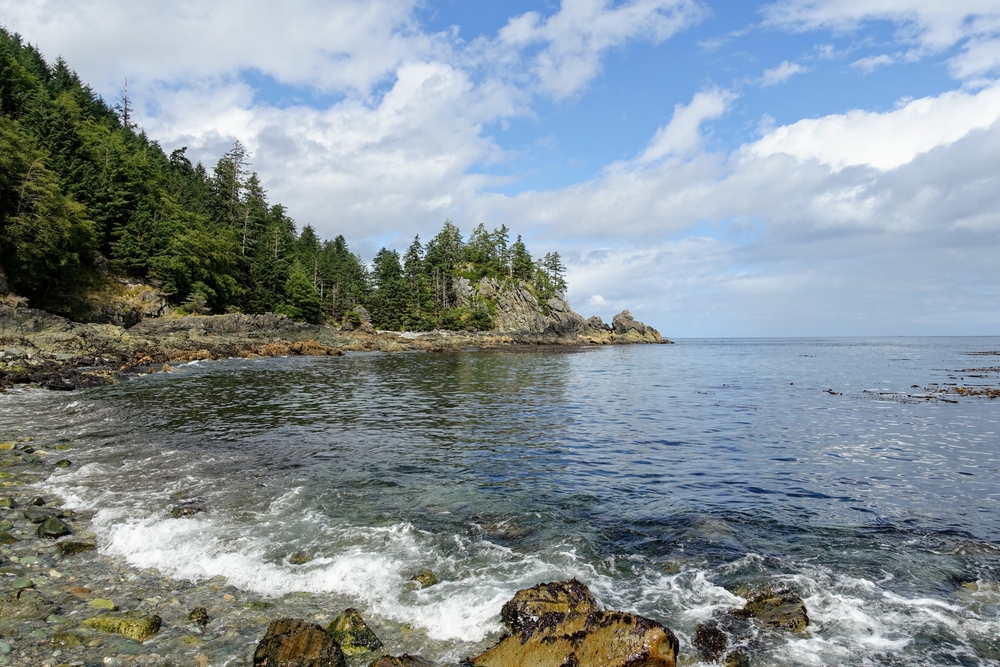Kouchibouguac Overview
Kouchibouguac National Park, located on the east coast of New Brunswick, Canada, spans 91 square miles (238 square kilometers) along the Northumberland Strait. The park’s name originates from the Mi’kmaq language, meaning “river of the long tides,” a fitting description of its coastal environment.
Established in 1969, the park is known for its diverse mix of landscapes, from coastal sand dunes and salt marshes to bogs, Acadian forests, and lagoons. The Kouchibouguac River meanders through the park, supporting a rich and varied ecosystem. The park’s coastline features shifting sand dunes, the most notable being the barrier islands of the Northumberland Strait, which protect the inner wetlands and marshes.
The peat bogs scattered throughout the park showcase unique plant species, including carnivorous plants like the pitcher plant and sundew. The Acadian forest, a blend of deciduous and coniferous trees, forms a lush backdrop, with stands of red spruce, balsam fir, and yellow birch creating a habitat for numerous species.
Kouchibouguac National Park is home to a remarkable array of wildlife, making it a prime destination for nature enthusiasts. One of the most significant inhabitants is the endangered piping plover, which nests on the park’s sandy beaches. The park plays a crucial role in the conservation of this small shorebird, implementing strict measures to protect nesting sites. Other notable bird species include great blue herons, osprey, and bald eagles, which can often be spotted near the park’s estuaries and marshes.
The park is also home to a diverse range of mammals, including white-tailed deer, red foxes, and beavers, while the elusive black bear and bobcat roam deeper in the forested areas. Marine life is abundant along the coastal waters, where harbor seals can be seen basking on sandbars and grey seals occasionally make an appearance. The park’s estuarine waters and salt marshes also support a variety of fish species, including Atlantic salmon, which use the rivers and streams as migration routes.
Visitors to Kouchibouguac National Park can enjoy a range of activities that highlight its natural beauty. The park’s extensive network of hiking and biking trails, such as the Kellys Beach Boardwalk and the Kouchibouguac River Trail, provide excellent opportunities to explore its diverse landscapes.
The park’s beaches, particularly Kellys Beach, are a popular attraction, offering warm waters due to the shallow depths of the Northumberland Strait. Canoeing and kayaking along the Kouchibouguac River and its tributaries allow visitors to experience the tranquility of the park’s waterways, while guided interpretive programs offer insights into the region’s natural and cultural heritage.
During winter, cross-country skiing and snowshoeing provide a unique way to experience the park’s snow-covered landscapes. Camping options range from traditional tent sites to oTENTiks, a blend of a tent and a cabin, providing a comfortable way to stay immersed in nature.
Conservation efforts at Kouchibouguac National Park focus on protecting its fragile ecosystems, particularly the coastal dunes and nesting grounds of the piping plover. Habitat restoration projects and public education initiatives have contributed to the recovery of certain species, though challenges remain, including climate change and coastal erosion.
Park management works closely with Indigenous communities, particularly the Mi’kmaq, to integrate traditional ecological knowledge into conservation strategies. The balance between conservation and recreational use continues to be a priority, ensuring the park remains a refuge for wildlife and a place for visitors to connect with nature.








































































